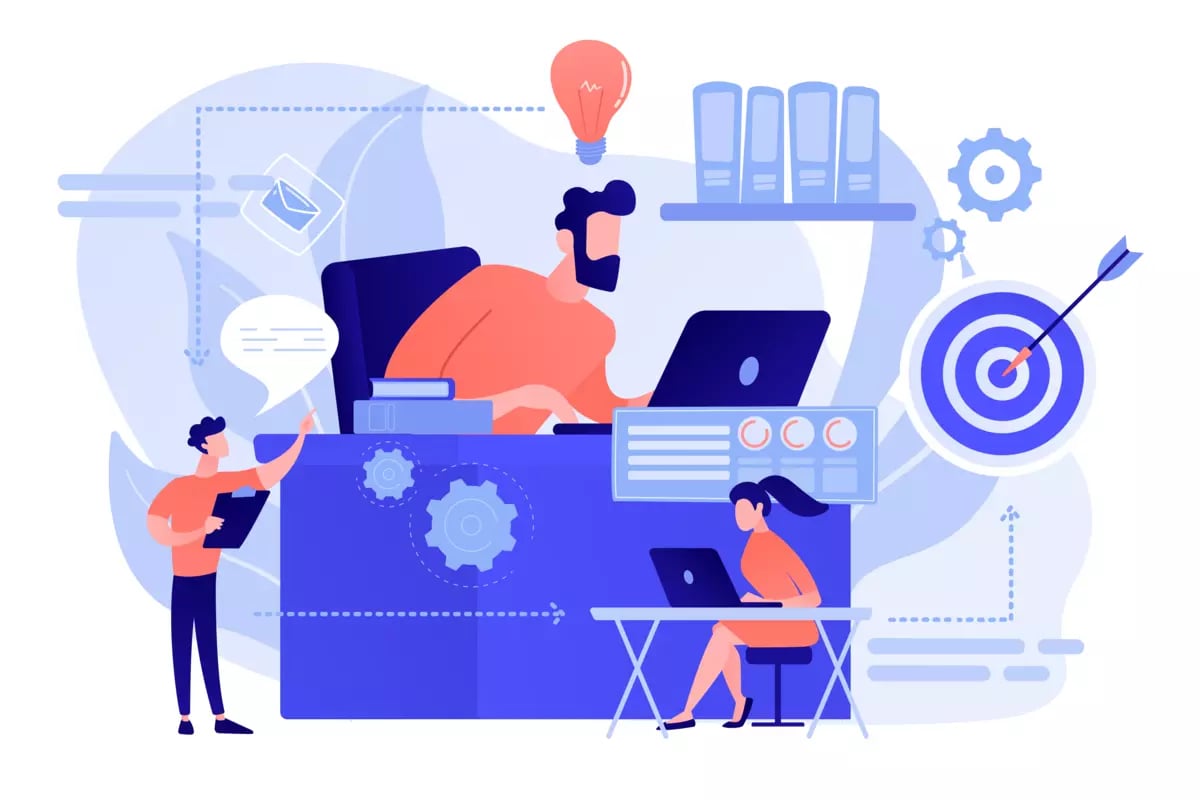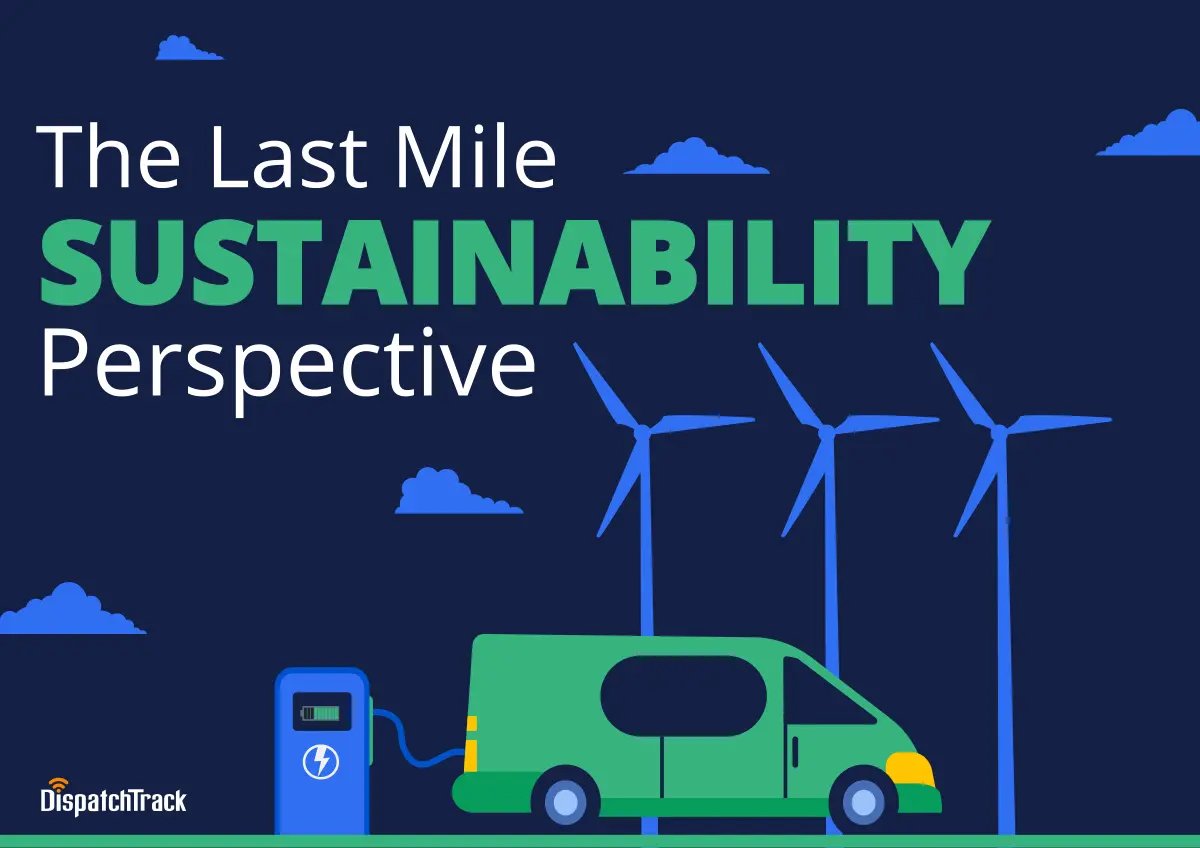The last few years have been challenging for the logistics and transportation industry—between the pandemic, volatile fuel prices, and changes in consumer behavior, life became a lot less predictable. Many logistics providers had to make quick adjustments, adopting technological tools faster than they had originally planned. As we roll into 2023, it's a great time for third-party logistics providers (3PLs) that are managing retailers' and other brands’ deliveries to keep track of technologies and other trends that are shaping the competitive landscape.
 More 3PLs Will Rely on Machine Learning and Artificial Intelligence
More 3PLs Will Rely on Machine Learning and Artificial Intelligence
When talking about 3PL software trends, we must include a discussion of the potential and evolution of machine learning and artificial intelligence. The use of these technologies is expected to grow, and 3PLs are expected to deploy new capabilities and systems that are powered by these advanced technologies. For instance, machine learning can already be leveraged to more effectively predict ETAs during the delivery process, resulting in more efficient delivery runs overall. With more technology in the supply chain, productivity and efficiency can be dramatically improved.
As AI becomes less pie-in-the-sky and more of a day-to-day reality for delivery businesses, its impact will only multiply. Again, even something as seemingly simple as nailing your delivery ETAs can have a cascade effect across the entire logistics chain: When your drivers consistently show up on time, you can more effectively utilize their capacity (since you know how many deliveries they can actually complete in a day). You can also reduce the number of inbound “where’s-my-order?” calls, which gives you the chance to leverage those person hours towards improving other processes or finding new efficiencies.
Reporting and Business Intelligence Capabilities Will Be Paramount
Whenever you integrate technology solutions, there is a corresponding increase in the amount of data you have at your disposal. Cloud-based platforms make valuable data abundantly available, and when you can connect those cloud solutions to other platforms across functions you can gain new windows into your operations and derive insights that can help boost efficiency.
Here, something as simple as automatically aggregating a customer satisfaction score can go a long way. It gives you something tangible to show to your clients to prove that you’re presenting their brands in the best possible light.
Integrated 3PL Services Will Replace Silos
Silos as a source of potential inefficiency aren’t unique to 3PLs—but they can be particularly problematic for businesses that are meant to specialize in the last legs of the supply chain. But the increasing availability and adoption of connected systems designed to create a more holistic delivery management process should lead to the replacement of outdated systems for 3PL service.
This can pave the way for 3PLs to consider integrating additional value-added services into their existing offerings. When you can do this seamlessly and avoid technology headaches, it can be a great way to enhance productivity, efficiency, and profitability.
New Consumer Behaviors Will Stick Around
Throughout 2020, and to some extent in 2021, the COVID-19 pandemic was a defining factor in which goods moved where at which times. Due to consumer habits' sticky nature, the pandemic's impact on shopping behavior is likely to persist. While shoppers may have returned to normal in most areas of their lives, their expectations around shipping and delivery (e.g. for rapid delivery turnarounds, increased visibility, and more personalized experiences) are likely to remain.
These changes are market-wide—meaning that deliveries will be under close scrutiny, with more businesses leveraging delivery (and by extension their 3PL partners) as a means of competitive differentiation than ever before. This means that on-time delivery is paramount—but it also means that more and more businesses are looking for technology that optimizes the customer experience with delivery notifications and real-time tracking.
We’ll See Significant Volatility in Delivery Volume
E-commerce delivery volume skyrocketed in 2020 and 2021. While the pandemic raged, people still wanted to eat, drink, and participate in their favorite social activities. Businesses in the food industry are a great example of the enduring nature of these habits. But the rise of inflation and the increasing volatility of things like fuel prices has made it harder to predict the trajectory of delivery volumes going forward.
Customers are feeling more at ease with delivery than ever before, but they may have less disposable income than the same time a year ago. At the same time, certain types of deliveries are less subject to market forces and might not shift even as the economy does. There’s no technology solution that can magically make this volatility go away—but there are solutions that make it easier to manage. As volatility increases, speed and agility become key, which means leveraging 3PL software solutions that make it easy to adjust plans on the fly without losing out on efficiency.
Innovative Delivery Models Will Be on the Rise
The most successful retailers will realize their best delivery option isn't merely on-demand vs scheduled, but is determined by their customer base and product offerings. Enterprises can create profitable customer habits by finding the combination that works for their business. As a 3PL, that puts you in a position where adaptability is paramount. If a retailer throws a new delivery use case at you, you want to be able to support it without reinventing the wheel.
This is where the right technology can play a huge role. With SaaS-native delivery optimization software that’s designed to scale processing power up and down seamlessly, you can run what-if scenarios and test out new delivery plans before you commit to them—and, crucially, you can do that in a matter of minutes. The more quickly you can model potential changes to your delivery network, the more effectively you can keep customers happy even as expectations change.
There is a common theme in the new technologies and services. They all aim to enhance visibility, provide proactive management, and improve profitability for shippers and 3PL companies alike. In terms of customer benefits, they include faster shipping, improved customer service, and smoother shopping experiences. To stay competitive, 3PL providers should think about how the changing technology landscape can benefit their operations.
